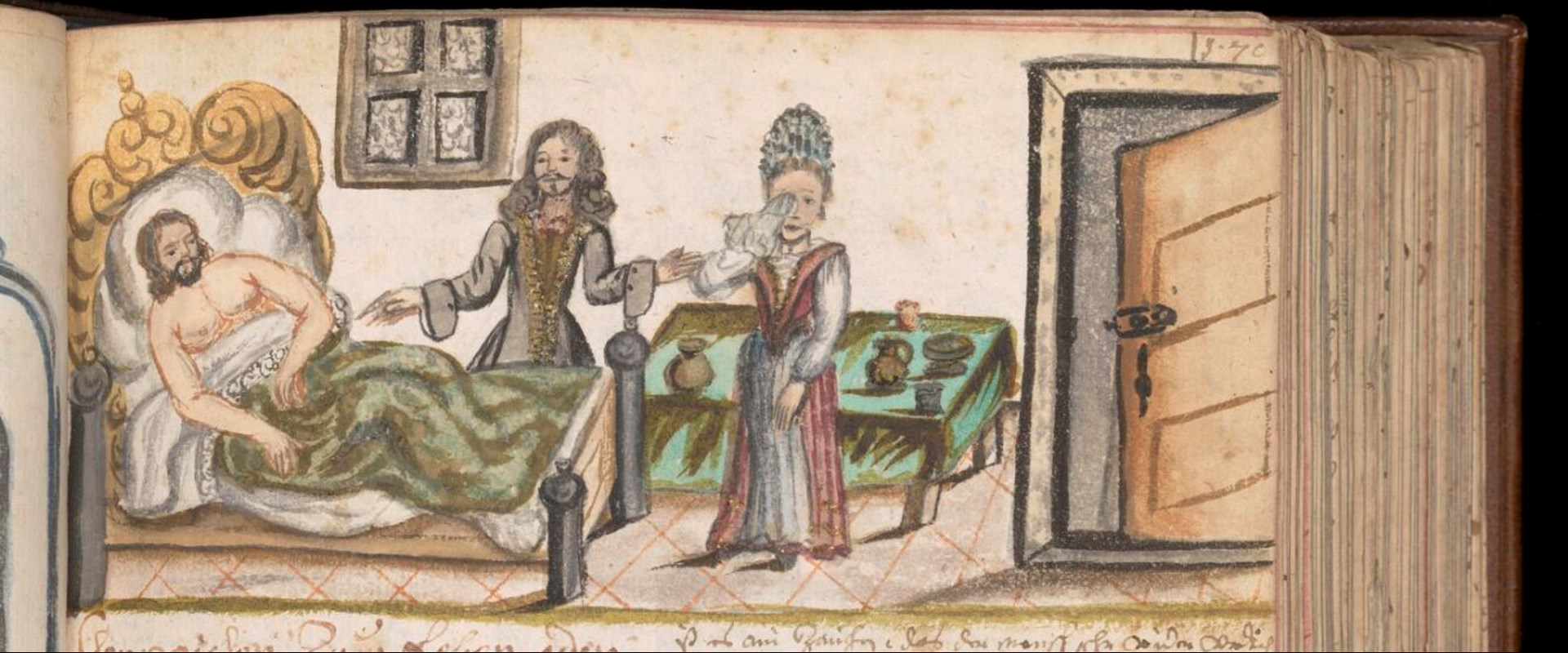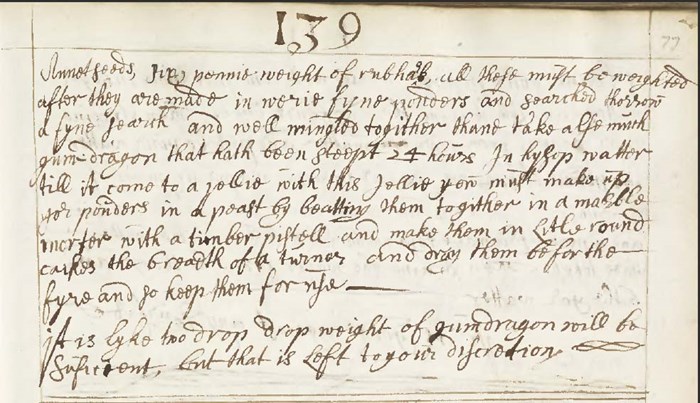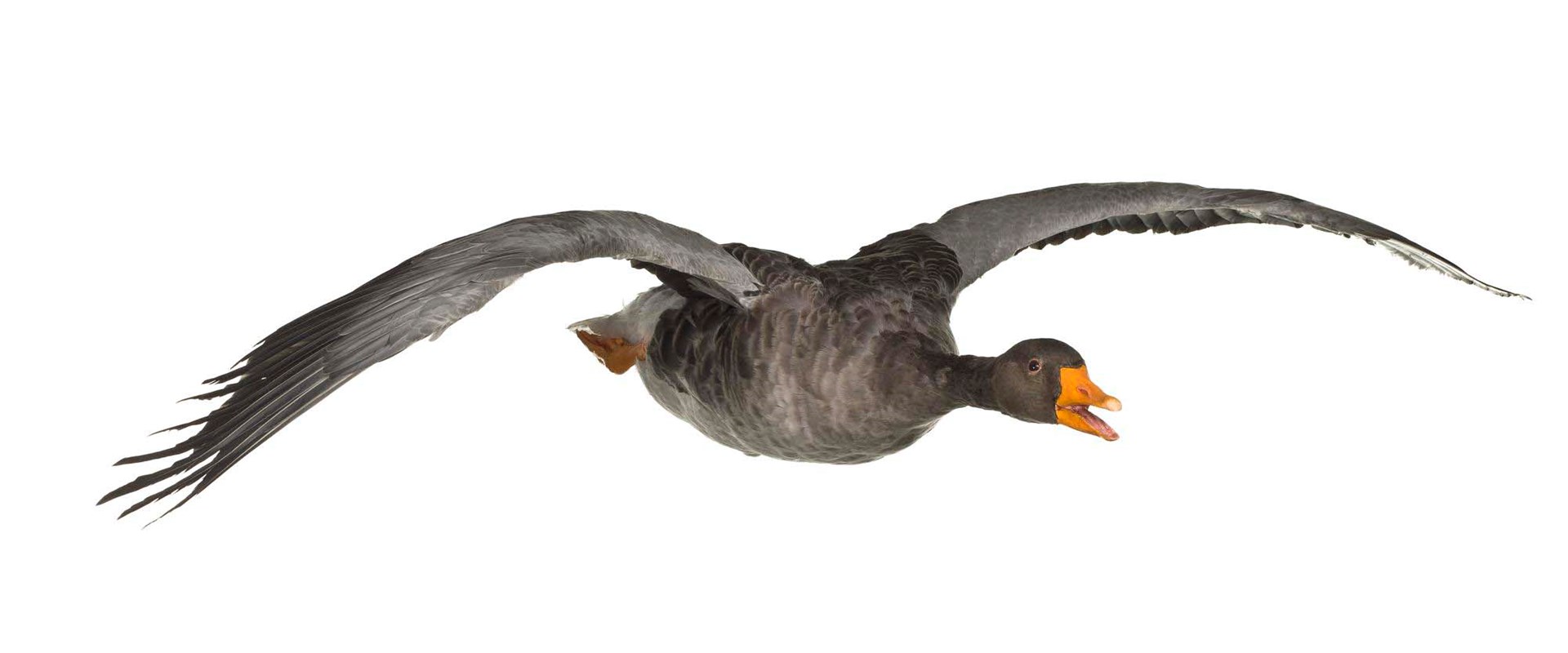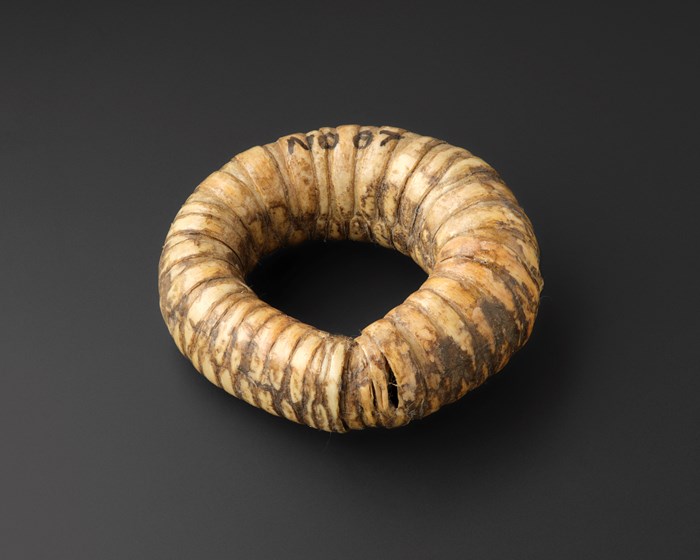Key in a search term below to search our website.
Key in a search term below to search our website.

"Take of the roots of Squills (a Mediterranean herb of the lily family), cut small, and moderately dry, one pound; best vinegar, three quarts; let them stand to infuse in the sun, as was ordered of vinegar of roses, and afterwards press and strain off the liquor. " from the Pharmacopeia Edinburgensis, Wellcome Collection.

"Take halfe a pound of double Refyned Sugar one ounce of liquorish, two ounces of orris roots, three ounces of Sugar pellets, one ounce of [Elecampane], one ounce of [Aniseed], Six pennie weight of [rhubarb], all those must be weighted after they are made in very fyne powders and [sieved through] a fine [sieve] and well mingled together then take also much gum dragon (gum from dried sap) that hath been steeped 24 hours in hysop watter (an aquatic plant) till it come to a [jelly] with this [jelly] you must make up your powders in a [paste] by beatting them together in a marble mortar with a timber [pestle] and make then in Little round [cakes] the breadth of a turnor and dry them before the [fire] and so keep them for use."

"It is [likely] two drop drop weight of gum dragon will be sufficient, but that is left to your discretion. " from the Women's Recipe Book, National Library of Scotland.

Anser anser, Greylag Goose (Z.DT.930).
This charm to protect against whooping cough is made from the thrapple (larynx) of a goose, curved into a circle and filled with small stones. It was hung around the neck to protect the wearer. This example was used in Kirkcudbrightshire in the 18th or 19th century.

Charm made of a goose's thrapple curved into a circle and containing small stones, from Balmaghie, Kirkcudbrightshire, 18th or 19th century (H.NO 87).